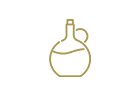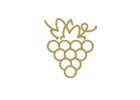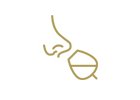
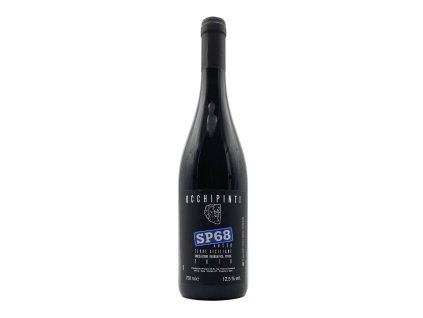
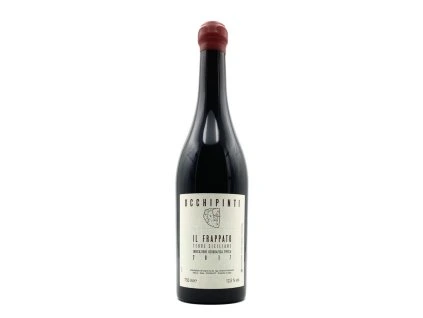
Product description
Product detailed description
This manual is a basic guide to what appears to be a complicated subject. The intended reader is anyone who wants or needs to know more about wine. If you enjoy eating out, like to have friends over for dinner, host business contacts for dinner, or work in a restaurant, then this book is for you. This guide will help you, as a restaurant-goer, to find your way through any wine list and to order wine with confidence. And if you are a waiter, or hoping to become one, you will find that mastering the fundamentals of wine selection and wine service will greatly augment your capabilities and job opportunities. The information in this book has purposely been kept simple and streamlined. If you want to make wine complicated, you can. But to select wine to accompany a meal, and to serve wine effectively, you simply need to know the basics. For the customer, this guide follows a simple premise. Everybody has his or her likes and dislikes. The information presented here will enable readers to identify the characteristics of wines they like and to develop a vocabulary with which to communicate their preferences. For the waiter, or someone who will be serving wine, this manual focuses on informal settings and practices rather than formal ones. Again, if you want to, you can turn wine service into a mysterious ritual for both the waiter and the customer. I prefer not to do that. A waiter's goal is to get wine into the customer's glass in a simple, effective, but not overly familiar
manner. That is the secret to serving an enjoyable glass of wine. In addition to my position as a wine teacher and trainer at the Culinary Institute of America, I have worked in the wine retail business and as an importer and distributor. I have assisted restaurants in developing their wine lists and training their staff, and have given innumerable wine tastings for consumer groups and students of the food service industry. Throughout my work, one thing has become clear—the starting point for learning is recognizing that you like something about the subject. Once you have learned to identify what it is you like about wine, then you will probably develop some curiosity as to why there are different flavors and textures in it. If you follow that curiosity, you will find that it is very easy to learn about wine and to develop your own reference points. That is certainly how I learned about wine during my years after high school and through college and university, when I traveled back and forth to France whenever I could. I lived and worked in many places around France, and after a while, I realized that part of what attracted me to the country was the French people's simple but genuine fascination with enjoying meals. Wine was always served, but the French commitment to enjoying food and wine was not pompous. Often, it was not even informed. If you stopped the average French person on the street and said "Merlot," he or she might not have the faintest idea what you were talking about. But they were all attuned to the pleasures that wine can bring to a meal. Today, most of us drive; some of us even enjoy it. But we don't need to know the complex workings of the internal combustion engine or the carburetor system in order to enjoy driving. We just need to know what we like in a car and how to operate it. That's how I saw the average French person approach wine. Even if the task of "learning" wine mainly requires iden-tifying what it is we like, there still needs to be some application of knowledge and experience on our part. I strongly encourage you to read about wine. You can read this book and then stop, or you can read this and then venture on to more
in-depth works. Two formative titles I read early on A Wine Primer, by Andre Simon, and Wine, Hugh Johnson's first book on the subject. They were both wonderfully informative but also wonderfully simple. In addition to reading, you will need to taste, and to practice tasting. This is best done in the company of friends or coworkers. When tasting is done in a group, you will find that one observation from a friend will help you to focus or clarify your impression of the wine. You will also find that certain descriptive words often get repeated for particular wines, such as blackcurrant for Cabernet Sauvignon, or ripe apple for Chardonnay. You may adopt these words your-self, or you may develop your own descriptors. I have never been convinced that a banana smells the same to me as it does to you. So, if I say "banana" but you think "tropical fruit," there's nothing wrong with that. If I say "leather" and you think "tea," we're in the same ballpark. In other words, don't worry if somebody in the group uses a descriptive term that doesn't match what you perceive. For a lot of people who are just beginning to taste wine, developing a vocabulary to describe what is in the glass can be a very daunting task. Indeed, many of the students I have taught say they cannot smell anything in the glass. But with time, when working in a group, most students can eventually detect and describe the aromas and flavors of wine. The box about tasting terms on page 19 should help provide you with words to express what you experience. A common question raised by my students is whether something made from grapes can really give off other smells, such as cherry or leather. The consensus is yes! What it suggests is that the aromas and flavors in grapes or in wine are similar in molecular structure to other smells and flavors, or that the smells and flavors of particular wines simply remind us of other fruits, vegetables, or plants. Keep an open mind, let the wine's aromas envelop you, and, most of all, enjoy!
Features
Winery
Be the first who will post an article to this item!
Only registered users may submit ratings. Please log in or sign up.
Be the first who will post an article to this item!




